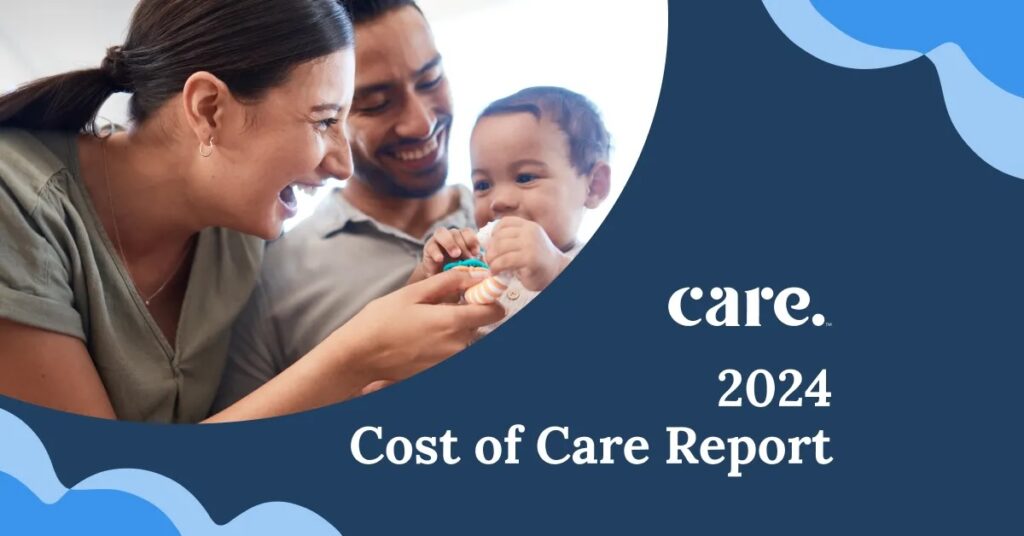About a quarter of adults are in the “Sandwich Generation,” caring for aging parents while also raising children–and many of these caregivers are also working part- or full time. Without support, this can quickly lead to burnout for these employees. In the past few years, employers saw high attrition rates and lost productivity due to caregiving conflicts of working parents and caregivers.
- 20% of working parents had to leave work or reduce their work hours due to child care
- One-third of senior caregivers left a job to focus on their senior caregiving responsibilities
Employer-sponsored benefits like Care Specialists help prevent caregiver burnout by providing 1:1 guidance and support to assist employees with child care, senior care, or is often the case, both.
How Care Specialists helped an employee in the Sandwich Generation prevent caregiver burnout
Giselle Biagtan, a Care Specialist with a bachelor’s degree in social work, has been helping employees manage their elder care responsibilities for over 25 years. Recently, she’s noticed an increase in the number of senior caregivers who are also raising children—seeing firsthand the toll it can have on employees.
Giselle recalls a memorable case in which she helped a “sandwich generation” employee coordinate multiple care needs. The employee initially called about her mother whose health was failing and she didn’t know where to begin. At the time, the employee was working remotely home—and raising two active school-aged children.
After taking the time to understand the mother’s needs, Giselle was able to research and provide referrals to in-home care resources in the mother’s community. Although the employee’s immediate senior care needs were met, knowing the employee also had children, Giselle reminded the employee that her benefits also included assistance with child care and parenting. After explaining the benefit to the employee, Giselle connected her to a Child Care Specialist who helped this same employee find tutors, distance learning facilitators, and part-time care for her children—providing the employee with added relief.
But help did not stop there. “As Care Specialists, we are trained to recognize symptoms of caregiver burnout and stress.” explains Giselle. “That is why you’ll often hear us ask employees….How are you? Is there anything we can do for you?” Like so many other caregivers in the sandwich generation, this employee was so focused on her mother and children, she had neglected her own needs. The employee admitted she was not sleeping well and was feeling distracted from her job responsibilities. Recognizing these signs of burnout, Giselle was able to look up the benefits available to her through her employer—and refer the employee to free mental health counseling provided by her company.
“The employee was so relieved and grateful,” recalls Giselle. “She had no idea the full spectrum of benefits that were available to her—and we were able to help her navigate to resources for her entire family.” When Giselle called to follow-up with the employee a week later, she told Giselle that before contacting Care Specialists, she felt completely overwhelmed—and thanks to the support she received, she now has hope.
Employers who invest in their caregivers—invest in their organization
Case studies such as the one above are becoming increasingly common in today’s workforce. Fortunately, employers are recognizing the strategic benefits of supporting working parents and senior caregivers and are recalibrating their benefit strategies accordingly.
In Care’s Future of Benefits Report, 46% of HR Leaders reported they are prioritizing child care in 2023—and 43% are prioritizing senior care. This is a win/win for employees and businesses. Employees receive some much-needed relief from caregiving responsibilities—and employers improve recruitment, retention, and workplace productivity.






